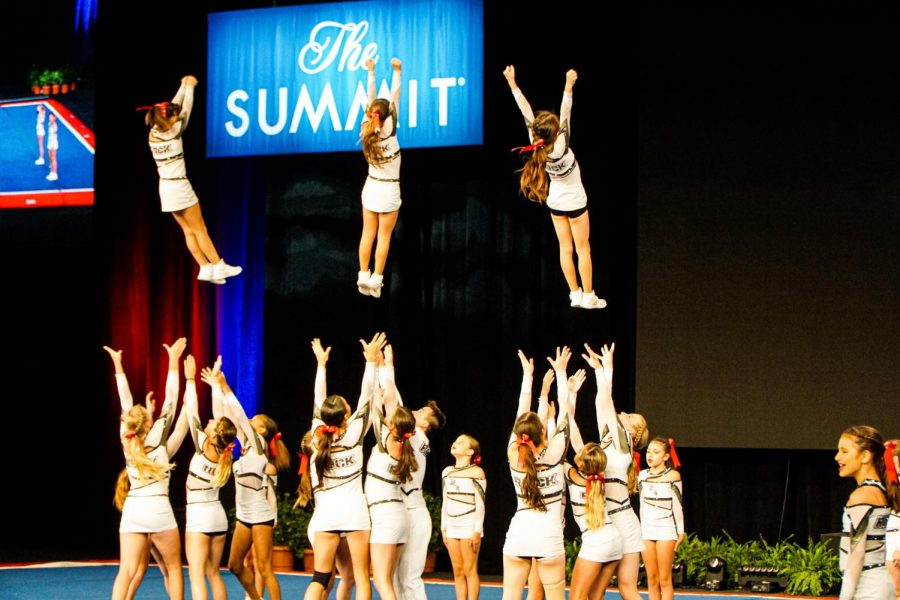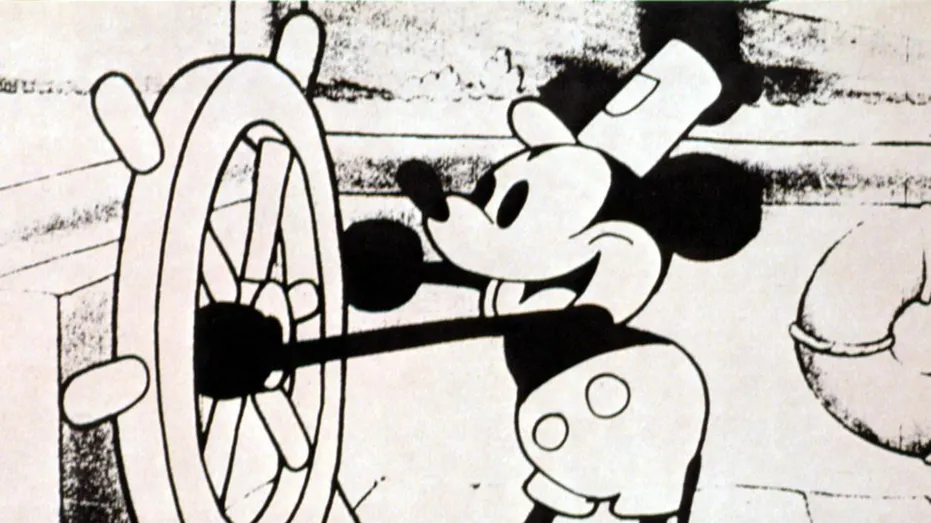Cheerleading, What is it?
October 21, 2021
Cheerleading has been a part of American football history for a long time now. When most people think of cheerleading, they think of girls on the sideline with pom-poms cheering on for the football players of their respective teams. However, cheerleading is more than that. To define it, cheerleading is an activity used as encouragement, but in modern times it is now defined as a sport. Cheerleading started in America in the 1880s at a Princeton football game when a few students created an all-male prep club. Thomas Peebles, a member of the prep club brought cheerleading to the University of Minnesota where Johnny Campbell assembled a crowd and started the first organized cheer, “Rah, Rah, Rah! Ski-U-Mah! Hoo-Rah! Hoo-Rah! Varsity! Varsity! Minn-e-so-tah!” Since then male prep teams had become more popular and it wasn’t until the 1920s when women were allowed to cheer and be on teams.
During the ’80s All-Star Cheer began to make an appearance. All-Star Cheer is meant to focus more on competition performing as opposed to high school where the focus was mainly about cheering on other sports. It includes all the athletic aspects of cheerleading, tumbling, stunting, pyramid, jumps, and dance. All-Star cheer is usually one or more gyms that have multiple teams a part of it. There are multiple levels based on skills. These levels go up a level 7, that being the highest level. Level 1 is for cheerleaders who have basic tumbling skills such as a cartwheel or back-walkover. Level 2 is focused on standing back-handsprings and running back-handsprings. Level 3 focuses on running tucks, front punches, standing back-handsprings, and aerials. Level 4 is mainly level 2 and 3 skills with the added skills of standing handspring tucks, layouts, and a standing back tuck. Level 5 has level 2,3,4 skills, adding a full and a whip. Levels 6 and 7 include standing full and running double full and other advanced skills.
The two biggest competitions in All-Star would be Worlds and Summit. Worlds is only for levels 5-7, while Summit is for levels 1-4 and a restricted 5. To compete at Summit a team needs to get a bid. There are three types of bids to get, a paid bid, an at large bid, or a wildcard bid. Paid bids mean that expenses are covered, at large is you have to raise the money to go, and the wildcard is that you raise the money but you compete on Friday as your day one. The summit competition is usually on a Saturday and Sunday, but a team needs to compete on Saturday first and make it into a top percentage to compete on Sunday. The wildcard makes teams compete Friday then try to make it into the top percentage to get to Saturday then repeat the process to get to Sunday. Worlds bids are similar as it also has the full paid bid and the at large bid, but it also includes a partial paid bid. For the partial paid bid the only expenses covered are the registration and passes into the parks, as both these competitions are held at the Disneyworld resort in Orlando Florida, but lodging is not a covered expense.
Cheerleading has become more spoken about in the media in recent years. In the early 2000s the movie “Bring It On” brought a handful of people into the cheer world. That movie went on to be such a huge success that it gained six sequels all about cheer. WIth Nexflix’s documentary, “Cheer”, tells the story of Navarro’s college cheerleading team in Corsicana, Texas. This documentary was a huge success and the media began capsizing on it. “Cheer” showed views of the life of college cheerleaders and how they practiced. There were multiple interviews with the coach and a few members of the team and people all around got to know more about the sport of cheerleading. Another example of media coverage of cheerleading is Cheer Athletics Wildcats performing on America’s Got Talent in 2020. While the team didn’t make it through the whole talent competition, it still showed more people the ways of cheerleading. Just recently, cheerleading was added as an official Olympic sport and might be making its debut in the 2024 or 2028 Olympics.












